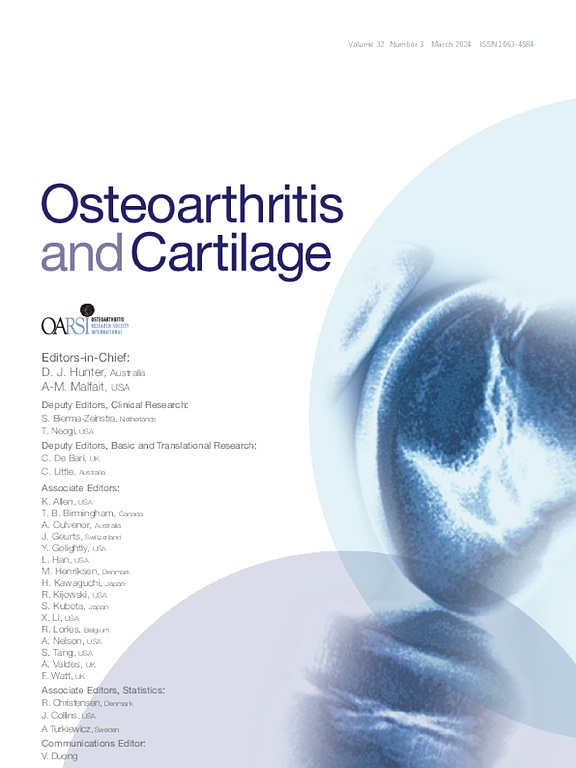
Knee OA: Dietary support, knee exercise, or no treatment do not limit disease progression

Knee OA: Dietary support, knee exercise, or no treatment do not limit disease progression
Structural changes in the knee during weight loss maintenance after a significant weight loss in obese patients with osteoarthritis: a report of secondary outcome analyses from a randomized controlled trial
Osteoarthritis Cartilage. 2014 May;22(5):639-46Did you know you're eligible to earn 0.5 CME credits for reading this report? Click Here
Synopsis
192 obese patients with knee osteoarthritis (OA) who underwent a rigorous 16 week exercise program were randomized to receive dietary support, knee exercise, or no further treatment in order to investigate the effect of therapy on OA disease progression. Patients were monitored over 52 additional weeks using magnetic resonance imaging (MRI). The evidence presented in this study indicated that diet...
To view the full content, login to your account,
or start your 30-day FREE Trial today.
FREE TRIAL
LOGIN
Forgot Password?
Explore some of our unlocked ACE Reports below!

Learn about our AI Driven
High Impact Search Feature
Our AI driven High Impact metric calculates the impact an article will have by considering both the publishing journal and the content of the article itself. Built using the latest advances in natural language processing, OE High Impact predicts an article’s future number of citations better than impact factor alone.
Continue



 LOGIN
LOGIN

Join the Conversation
Please Login or Join to leave comments.